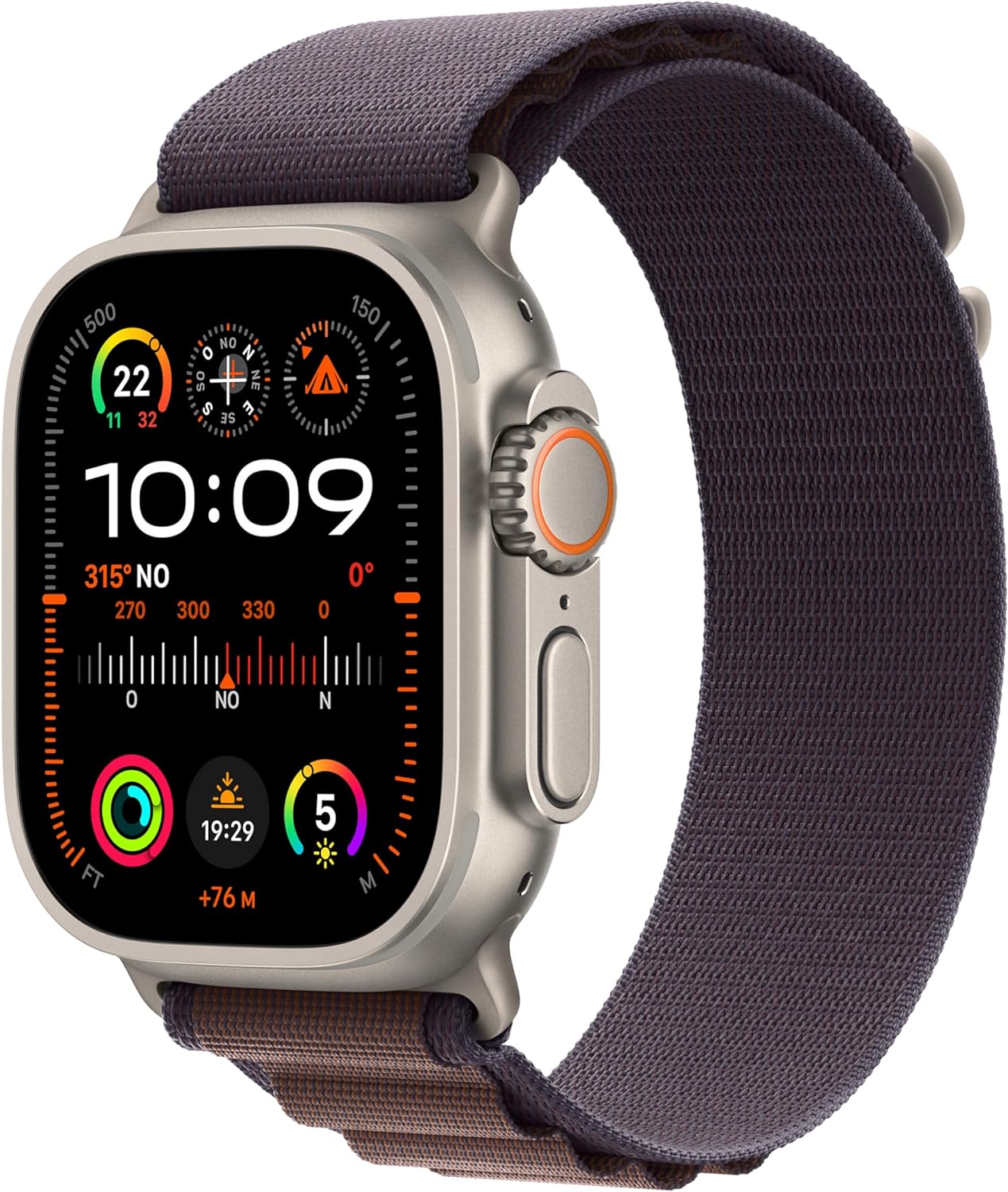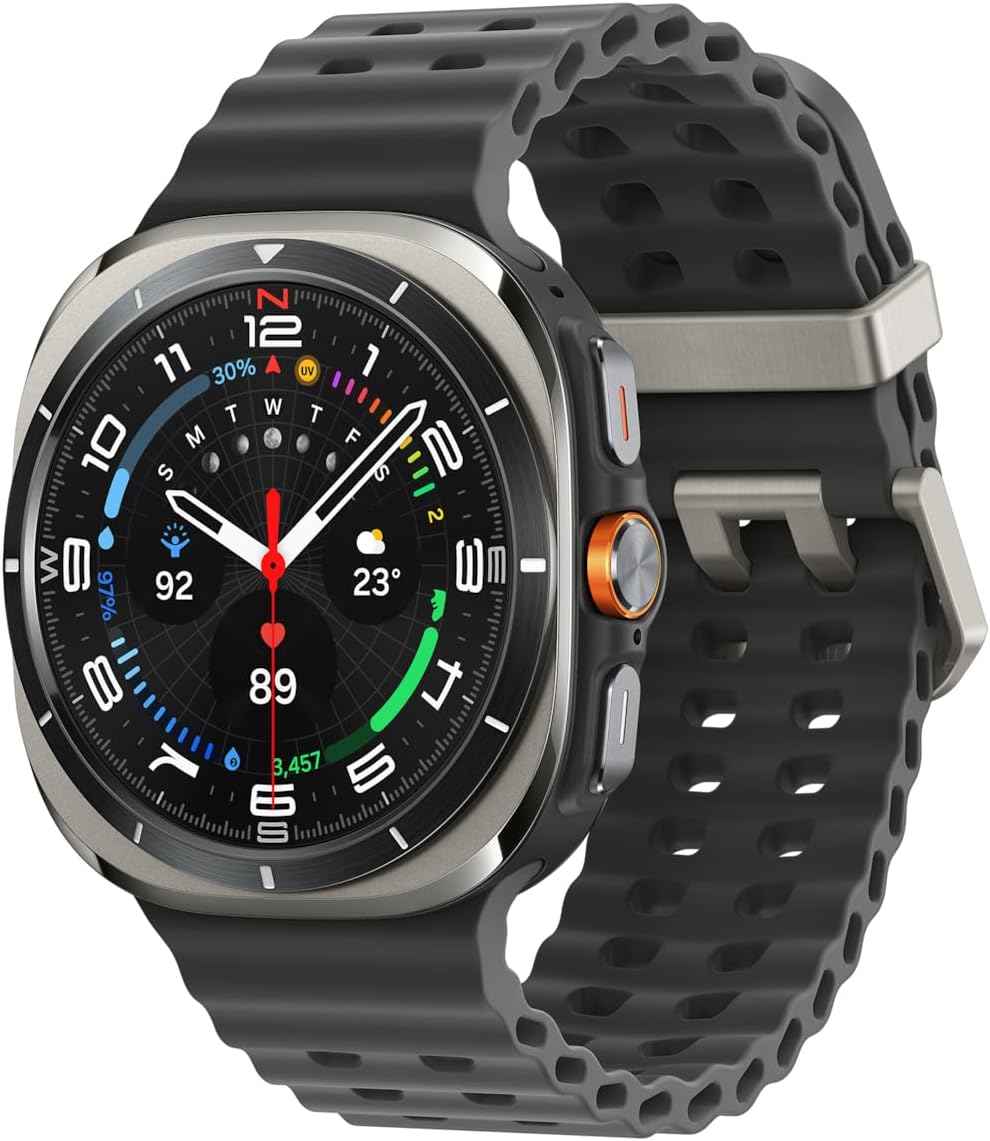So you’re staring at your wrist, or maybe your screen, wondering: if I’m going to drop serious money on a rugged smartwatch, which one should it be? The Apple Watch Ultra 2 or the Galaxy Watch Ultra? Both look like they could survive a glacier expedition. Both promise next-level health tracking, military-grade durability, and the kind of smart features that make your phone feel like backup.
But let’s be clear: these are not two versions of the same watch. They’re built with different ideas, different users, and different ecosystems in mind. And while they might seem evenly matched at a glance, the experience of actually using them tells a different story.
We’ve spent enough time testing both to know where the magic happens—and where it doesn’t. So let’s get into it.
Design and display: the titanium arms race
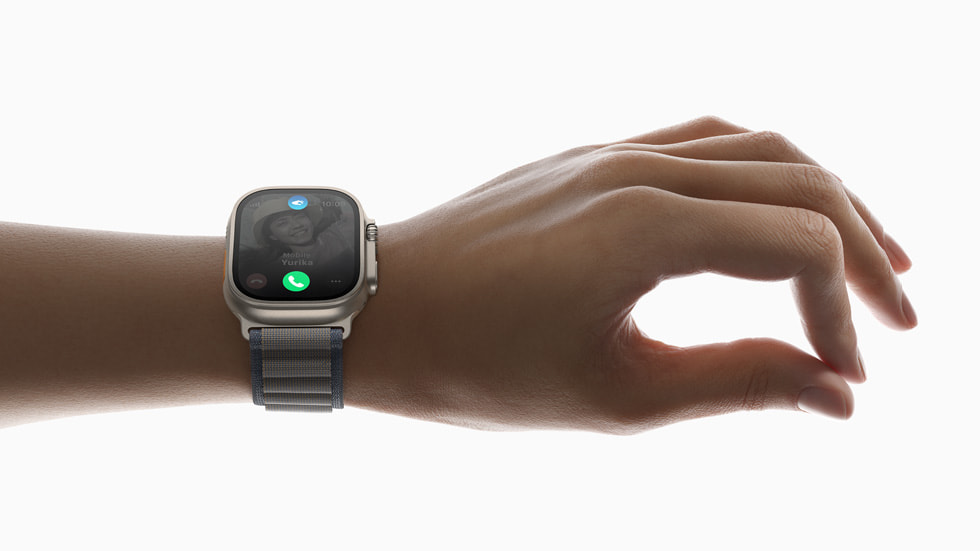
One glance, and you know what they’re aiming for: adventure mode. The Apple Watch Ultra 2 comes with a flat 49mm titanium case and a sapphire crystal display that looks like it could shrug off gravel. It’s got that industrial vibe, but refined—less tactical gear, more high-end gearhead.
Samsung’s Galaxy Watch Ultra goes with a slightly smaller 47mm case, also in titanium, but adds a round screen and a polished look that feels closer to a sport watch. It’s still tough, but less “mission briefing” and more “triathlon coach.”
What really separates them? Apple’s use of the digital crown and that chunky orange Action button. Even with gloves, sweat, or shaky hands, you know where you are. Samsung skips the rotating bezel this time, and while the “Quick Button” looks similar, it lacks that same tactile usefulness.
Both feature AMOLED displays that hit 3,000 nits. Yes, 3,000. That’s enough brightness to blind a mole. Apple’s screen is slightly bigger and flatter, making it easier to tap icons without slipping into another app. But both are crisp, colorful, and fully readable in direct sunlight.
Interface and navigation: smooth vs fiddly
We’re going to say it straight: navigating on the Apple Watch Ultra 2 is easier, faster, and just makes more sense. The digital crown lets you scroll through menus, zoom in on maps, and flick through notifications without blocking the screen. The Action button adds a new layer of control—you can start workouts, drop waypoints, or jump into dives instantly.
Samsung’s Galaxy Watch Ultra leans almost entirely on touch gestures. And while Wear OS has come a long way, relying on swipes during a run or in the rain just isn’t fun. The screen’s edge lets you do a pseudo-scroll thing, but it’s not as precise. It feels like a workaround.
That said, Samsung’s interface is loaded with options and looks slick once you’re used to it. It just doesn’t flow as naturally under pressure. Apple’s got that fluidity nailed.
Smart features and software: ecosystem wars
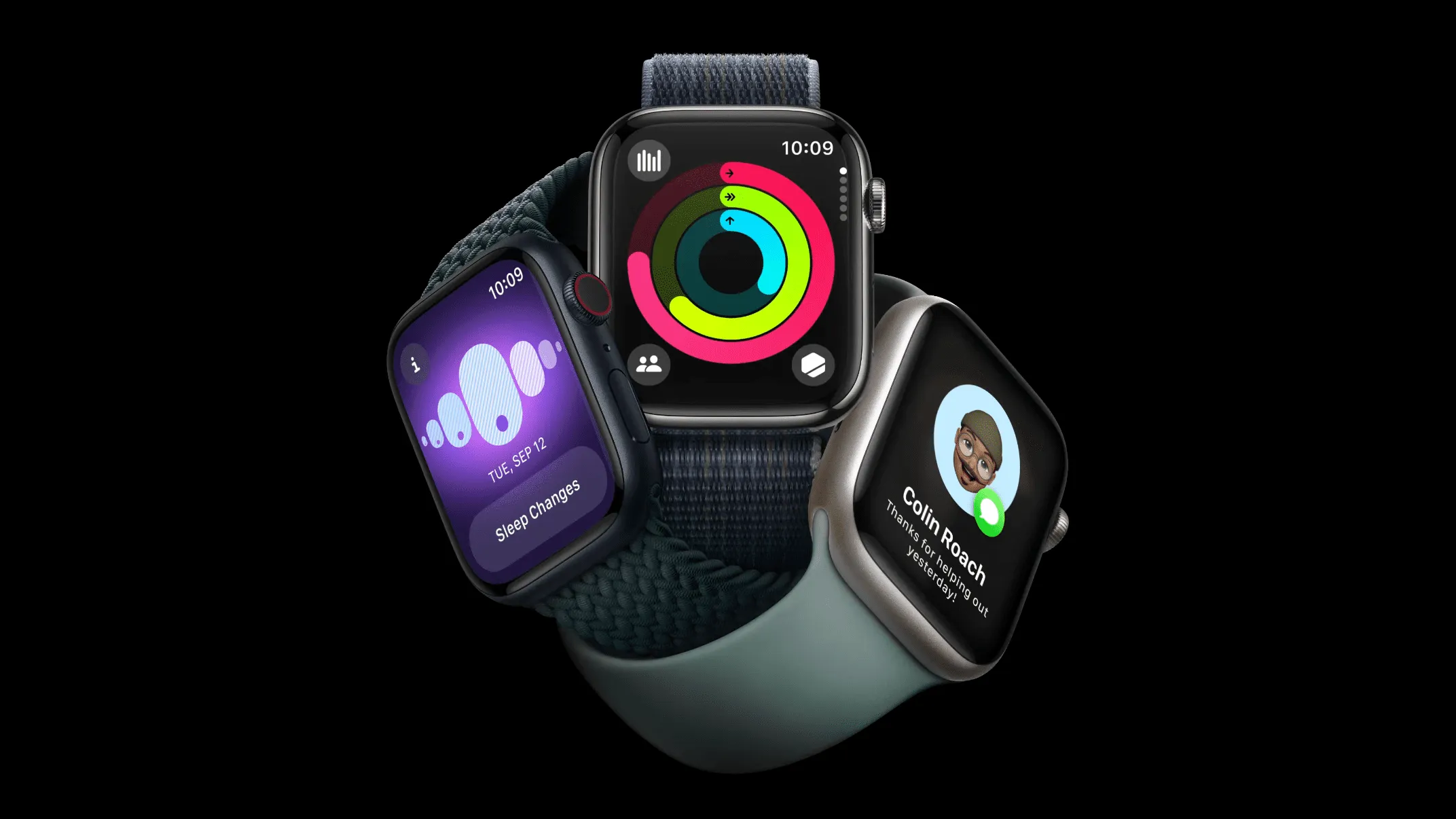
Here’s where things get interesting. Apple’s watchOS 11 ecosystem is all about deep integration and smart polish. If you’ve got an iPhone, this thing syncs like magic. Double Tap lets you control the watch with a finger gesture. Siri actually listens. And the new Vitals app? It gives you a snapshot of your health that’s easy to read and doesn’t freak you out.
Samsung’s Galaxy Watch Ultra runs Wear OS 5 with One UI 6 Watch layered on top. It’s more customizable, more flexible, and brings in Google services like Gmail, Maps, Assistant, and YouTube Music. If you’re an Android user, especially with a Samsung phone, the integration runs deep.
But—and this is big—some of Samsung’s best features, like ECG, blood pressure, and sleep apnea detection, only work with Samsung phones. That’s a huge catch. Apple doesn’t lock you into specific models, as long as you’re inside the iOS universe.
So while Samsung gives you a wider buffet of apps and features, Apple gives you a more coherent, frictionless experience.
Fitness and health tracking: elite accuracy vs expansive metrics
If you’re all about performance tracking, this is the part you’ve been waiting for.
The Apple Watch Ultra 2 is brutally consistent. Dual-frequency GPS locks on fast and stays precise, even in cities or forests. Heart rate tracking is incredibly accurate—even compared to chest straps. It’s ready for trail runs, bike rides, ocean swims, and yes, dives.
With the upcoming software updates, you get training load metrics and hiking navigation with elevation tracking and waypoints. That’s real value if you’re pushing your body and not just counting steps.
Samsung throws more sensors at the wall. You get GPS, heart rate, SpO₂, skin temperature, and bioelectrical impedance for body composition. It even estimates Advanced Glycation End-Products (AGEs), a metric tied to metabolic health.
But here’s the thing: some of these measurements don’t hold up in the real world. Body composition varies wildly. Sleep tracking can get glitchy. It’s a great toolkit, but not every tool is sharp.
Bottom line? Apple offers fewer metrics, but they hit harder. Samsung goes broader, but with mixed results.
Battery life and charging: more juice, fewer surprises
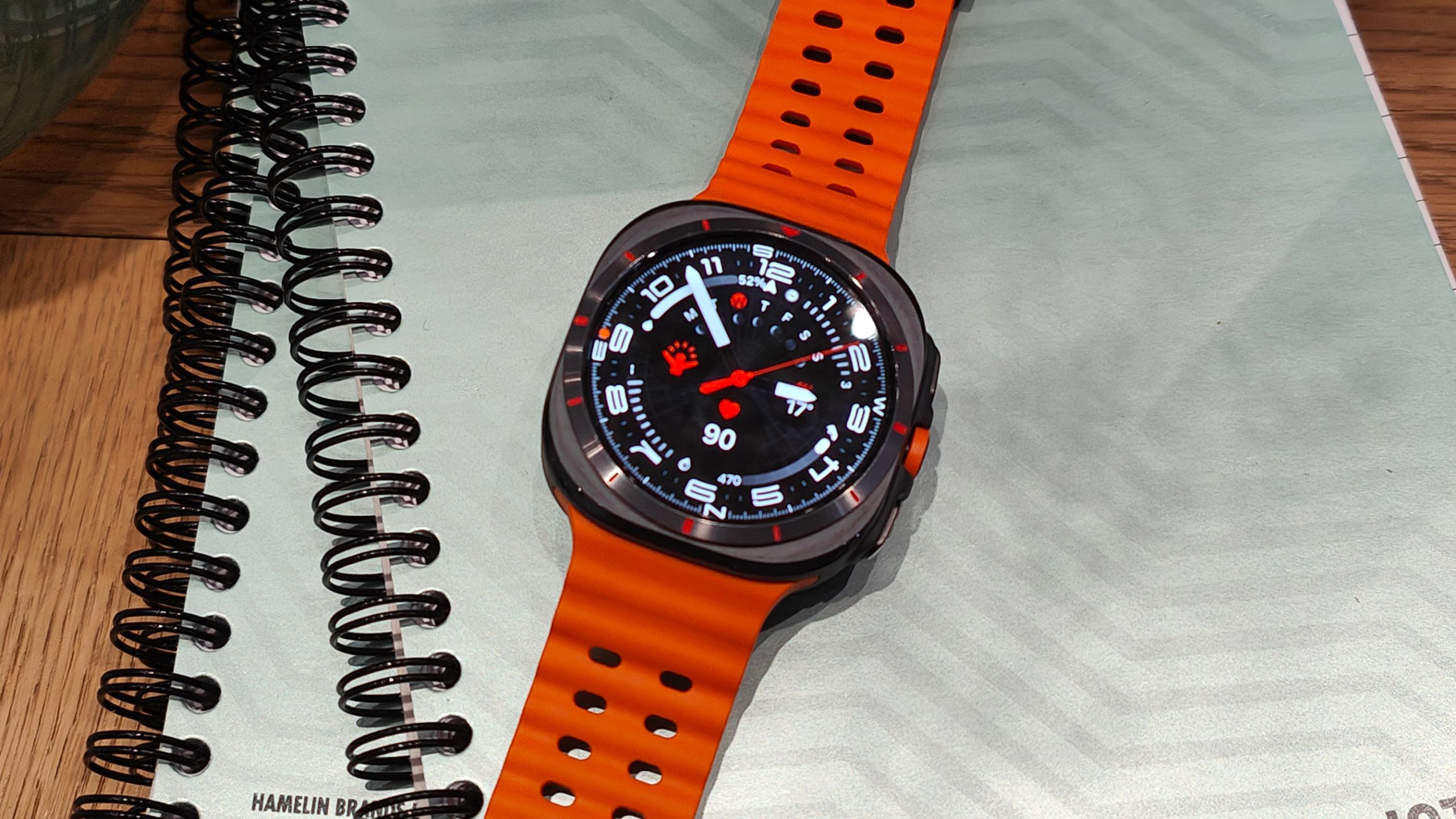
Let’s talk power.
Apple claims up to 36 hours on a full charge, and it consistently hits or exceeds that with normal use. That’s with always-on display, GPS workouts, and daily health tracking. Low Power Mode stretches that to 72 hours if you’re careful.
Samsung’s Galaxy Watch Ultra boasts up to 48 hours, but in practice, it’s less predictable. One day you’ll make it through two full days, and the next, a long workout cuts you down to 24. GPS usage seems to be the wild card.
Charging is faster on the Apple side, too. The Ultra 2 hits full charge in about 90 minutes, while Samsung takes closer to two hours. Not a massive gap, but when you’re rushing out the door, it matters.
Build and comfort: titanium, but different flavors
You want tough? You’ve got tough. Both are made with aerospace-grade titanium, rated for 100 meters of water resistance, and built to laugh in the face of impact.
Apple’s case is flat and broad, with sapphire crystal glass that resists scratches beautifully. Samsung’s rounded edges look great but may be more prone to scuffs. Not a dealbreaker, but worth noting if you’re banging into rocks or gym racks.
Comfort? Surprisingly good on both. Despite their size, neither feels like a brick. Apple’s larger case is well-balanced, and Samsung’s design sits nicely on smaller wrists. Bands are comfortable, breathable, and built for movement.
Customization and style: more choice vs more purpose
Samsung takes this round in one area: color options. The Galaxy Watch Ultra comes in a few case finishes, and the standard 22mm strap compatibility means you can swap bands with pretty much anything on the market.
Apple gives you fewer case colors but a highly curated lineup of bands. The Trail Loop, Ocean Band, and Alpine Loop are each designed for specific uses—and they feel that way. You don’t get visual freedom, but you get functional variety.
Watch faces? Both offer a ton. Samsung leans into animated, customizable faces with Google integration. Apple keeps it cleaner, but lets you go deep with complications and layout tweaks. Depends on whether you want fun or focus.
Connectivity and independence: leave your phone behind
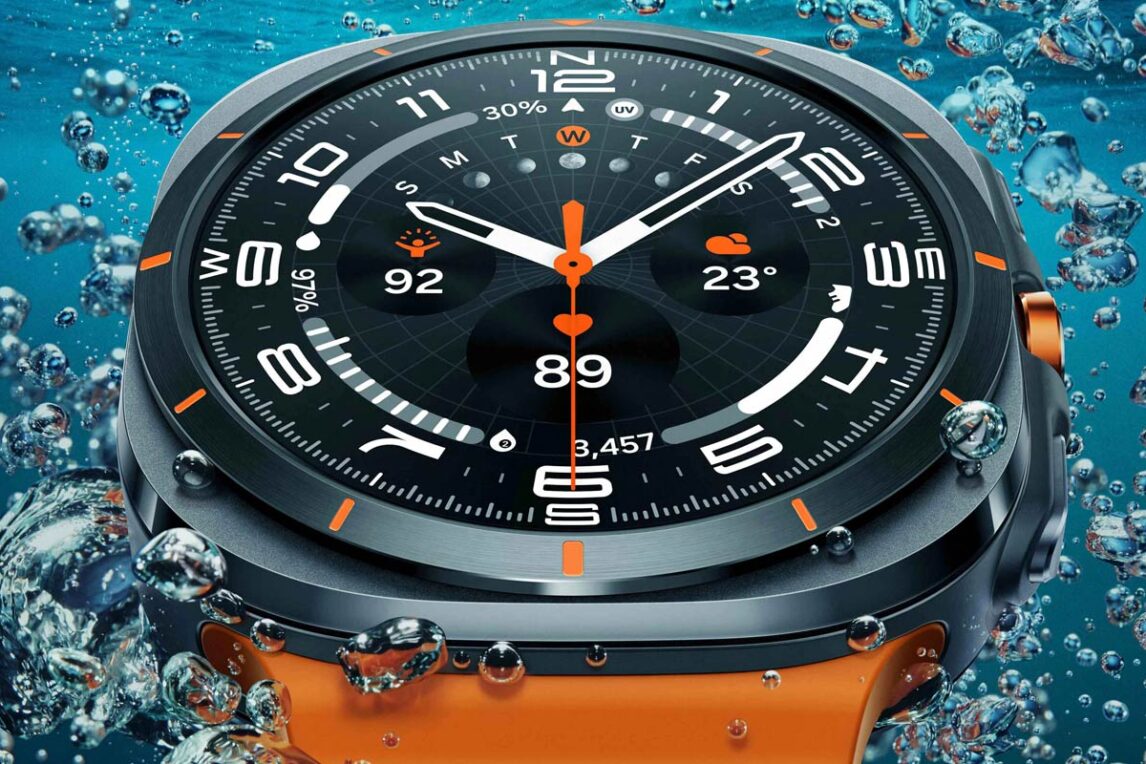
This is one place where both watches deliver equally.
LTE is standard on both. You can make calls, send texts, stream music, and get notifications without needing your phone nearby. That makes either watch a legit companion for hikes, runs, or travel days when you want to go light.
Both support contactless payments—Apple Pay and Samsung Wallet—and offer onboard storage for offline music and maps.
The biggest divergence? Apple plays perfectly inside its own ecosystem: iMessage, Handoff, Calendar, even unlocking your Mac. Samsung counters with full-on Google service integration, from Maps to Assistant to Gmail. It’s iOS polish vs Android flexibility.
So… which wrist wins?
If you’re deep into the Apple ecosystem, this won’t come as a surprise: the Apple Watch Ultra 2 just feels more refined. The user experience is smoother, the tracking is more consistent, and the hardware works in harmony with the software. It’s reliable, intuitive, and powerful—and it rarely makes you think twice.
Samsung’s Galaxy Watch Ultra, on the other hand, has moments of brilliance—especially if you’re a Samsung phone user. The sheer number of health metrics, the Google services, and the cleaner look will absolutely appeal to many.
But in day-to-day use, the Apple Watch Ultra 2 is more predictable, more polished, and more versatile. It doesn’t have the flashiest specs, but it nails the things that matter: control, battery, tracking, and clarity.
So yeah, the Apple Watch Ultra 2 takes the crown here. It’s not perfect—but damn, it knows what it’s doing.

